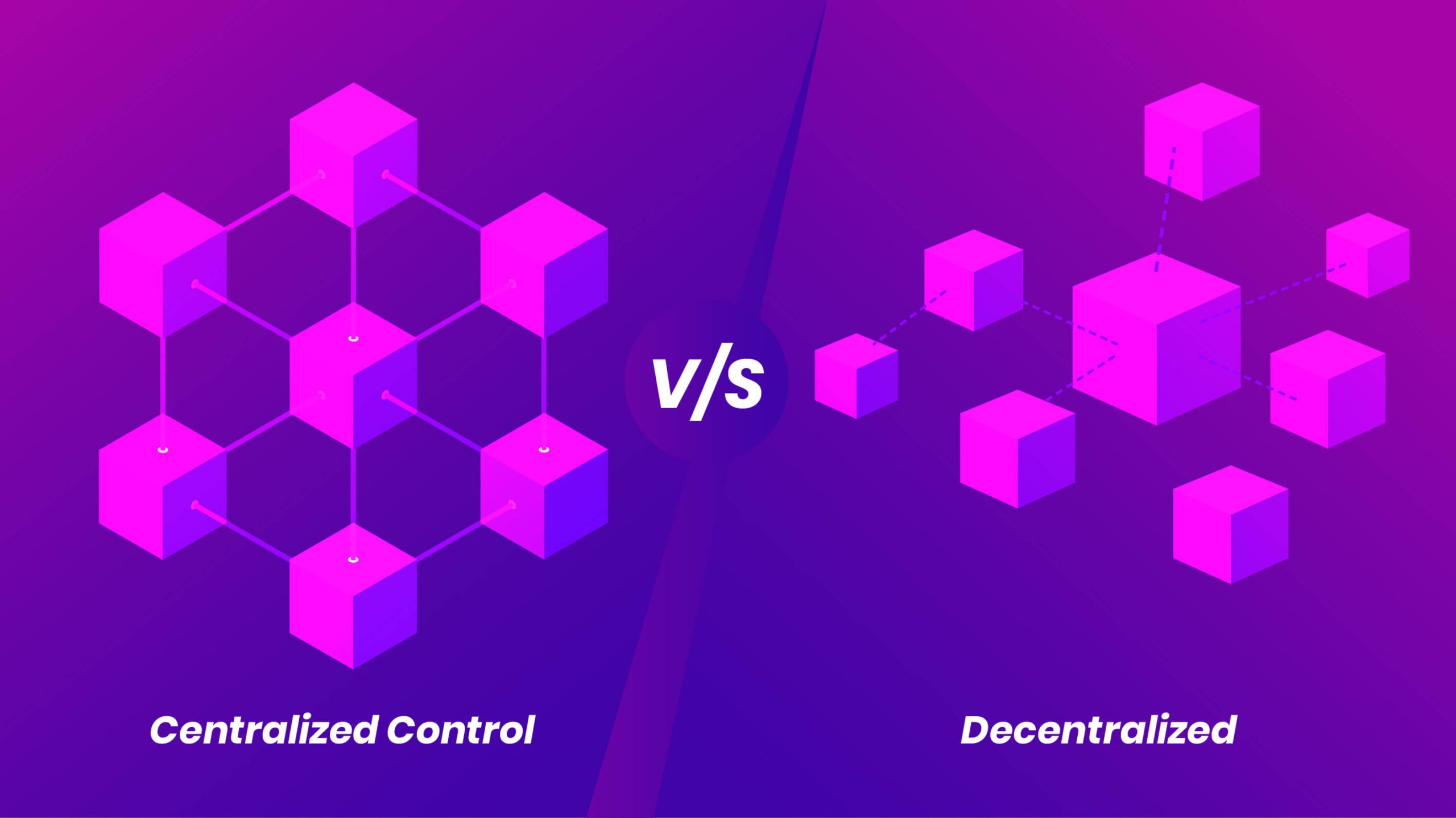Metaverse Governance: Decentralized vs. Centralized Control
The concept of the metaverse has captured our imaginations, promising a digital frontier where individuals can transcend physical boundaries and immerse themselves in boundless virtual experiences. In this guide, we’ll delve into the emergence of virtual worlds and people’s engagement within them. We’ll also decipher the distinctions between centralized and decentralized metaverses.
The Birth of the Metaverse
The metaverse is a visionary concept, driven by the desire to create a virtual environment free from physical constraints. Here, individuals can access and engage in a myriad of activities, from building and making to learning and discovering. A metaverse can take one of two forms: a centralized model led by corporate giants like Meta Platforms Inc (NASDAQ: META) or a decentralized version shaped by its future inhabitants.
The Allure of Decentralization
The metaverse is poised to be the next phase of the internet, attracting significant investments from global corporations. Interestingly, many of these giants lean towards a decentralized metaverse over a centralized one. Let’s dive deeper into understanding these two variants.
Centralized Metaverse: The Monolithic Approach
In a centralized metaverse, a single entity holds importance over the entire virtual realm. This means that one individual or organization wields complete authority, dictating its operations and rules.
Like a centralized financial system (think of a bank), a centralized metaverse operates within well-defined parameters. It’s a visually diverse simulated space where users engage in real-life activities, leveraging avatars and immersive virtual experiences. While users can interact and share experiences, they lack autonomy over certain aspects of the digital world.
On the upside, centralized systems offer a level of security and recourse. Policies are in place to shield users in case of account compromise or transaction issues. However, the downside is the restricted freedom compared to a decentralized metaverse, and the vulnerability of these systems as single points of failure.
Examples of Centralized Metaverses
Prominent among centralized metaverses is Roblox, a gaming platform boasting over 50 million daily users. It allows users to create and monetize their game worlds, interconnected within a metaverse that shares avatars and currency. Fortnite, with its immersive virtual hangout, is another accessible option that doesn’t require expensive VR gear.
Decentralized Metaverse: Empowering the Community
Decentralization in a metaverse manifests as a dispersed network and a decentralized ownership structure. Unlike centralized counterparts, decentralized metaverses aren’t governed by a single entity, giving users more control.
Decentralization fosters a sense of participation without needing permission. Users gain greater control over the metaverse, expanding its boundaries and providing immersive experiences to one another. However, this empowerment comes at the cost of individual privacy, as no central agency monitors virtual interactions.
Examples of Decentralized Metaverses
The Sandbox offers tools for creating 3D models, characters, and vehicles, which are then transformed into Non-fungible Tokens (NFTs) for use in other Sandbox environments. Decentraland, on the other hand, hosts significant brands and celebrities and has its cryptocurrency called MANA.
Choosing Your Metaverse
Selecting the right metaverse for your brand hinges on the experiences you wish to offer. Each metaverse lends itself to diverse consumer experiences, making it crucial for companies to align with the right one.
Here are some tips for making your choice:
- Target Audience: Position yourself where your target audience frequents.
- Gen Z Engagement: Consider metaverses with a substantial Gen Z user base for audience revitalization.
- Narrative and Identity: Shape your brand’s narrative, identity, and values to create a unique brand experience.
- Strategic Goals: Define your strategic objectives within the chosen metaverse.
- User Experience: Focus on delivering a compelling and valuable experience to users.
In Conclusion
The metaverse is still in its infancy but rapidly evolving. While it holds immense promise, users must exercise caution regarding the information they share to safeguard their privacy. In this entirely virtual realm, data collection and identity tracking have become more prevalent than ever. Individuals must retain control over the information they disclose, ensuring the metaverse remains a safe and secure environment. As the metaverse continues to develop, it’s a brave new world filled with endless possibilities.

